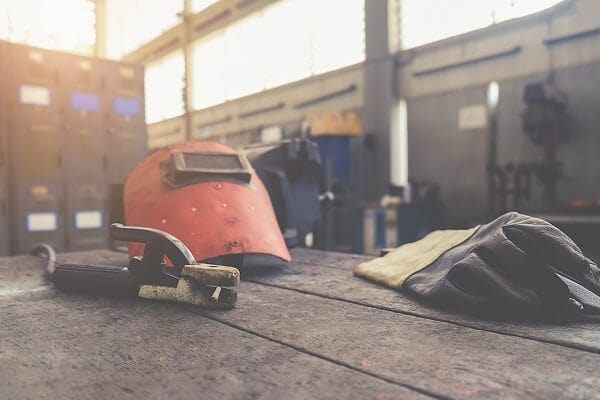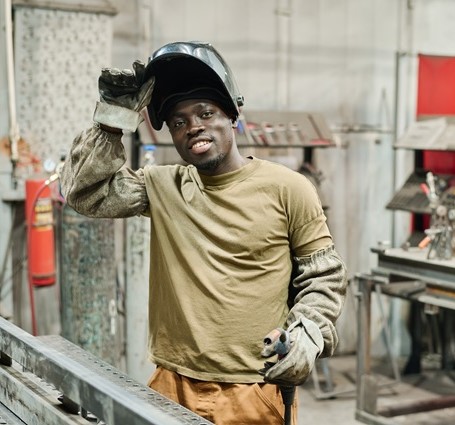
Reasons to Pursue A/C and Refrigeration Training
The air conditioning and refrigeration industry is responsible for keeping our homes, workplaces and public spaces comfortable and safe. As demand for skilled


*Apex Technical School and its instructors are licensed by the State of New York, New York State Education Department.
Disclaimer: Apex Technical School provides training for entry-level jobs. Not everything you may read about the industry is covered in our training programs.

The air conditioning and refrigeration industry is responsible for keeping our homes, workplaces and public spaces comfortable and safe. As demand for skilled

At Apex Technical School, every student embarks on a journey that is more than just acquiring a skill set—it’s about transforming their lives

In the world of refrigeration and air conditioning, few individuals embody the spirit of dedication and enthusiasm as vividly as Daniel Fernandez. With